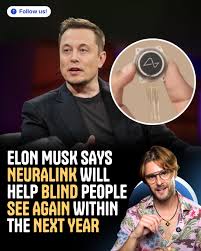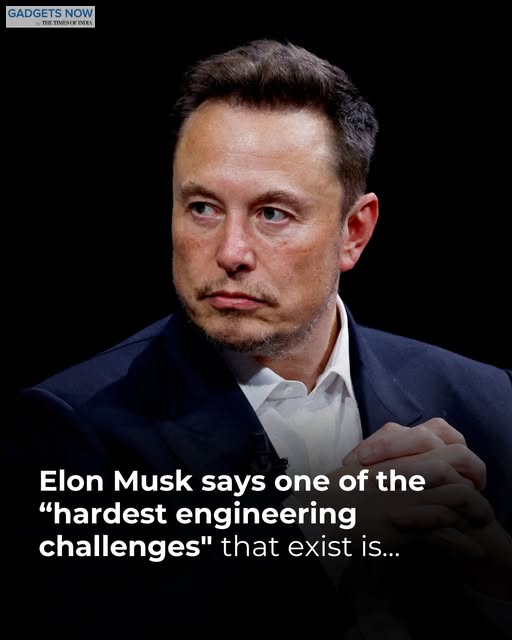The Reality Behind the Headlines
Neuralink’s “Blindsight” Implant
- What it is: Neuralink is developing a brain-computer interface (BCI) called Blindsight, which aims to bypass damaged or missing eyes and optic nerves by directly stimulating the visual cortex. This could potentially restore rudimentary vision for people who are completely blind—even those born without eyes, assuming their visual cortex remains intact.
- Regulatory status: In September 2024, the U.S. Food and Drug Administration (FDA) designated Blindsight as a “Breakthrough Device,” which is meant to accelerate its development and review process—but this is not the same as full approval for use.
What’s Next?
- Human trials planned: Neuralink aims to begin the first human implant trials of Blindsight later in 2025. Elon Musk has indicated the initial low-resolution “vision” could look like old-school Atari graphics.
- Vision quality expectations: While Musk has speculated that future versions could offer superhuman vision—such as infrared, ultraviolet, or radar-like perception—experts strongly caution that these claims are speculative and far from scientifically proven at this stage.
- Scientific skepticism: Neuroscientists emphasize that restoring anything close to natural human sight is a vast leap. Even a very low-resolution, pixelated visual perception would represent a major breakthrough—but far from fully restored sight.
Existing Neuralink Trials (Unrelated to Vision)
- Neuralink has already implanted its brain chips in paralyzed individuals, enabling them to control devices like computers—demonstrating early success with thought-based commands.
What This Means (and Doesn’t)
| Claim | Reality |
|---|---|
| Blind people can see again—no eyes needed | Partly true: Blindsight intends to bypass the eyes—but only partial, low-res vision. |
| Implant is ready and restoring vision now | No—trials are still upcoming; first human tests expected in late 2025. |
| Vision will be like normal, or better (infrared, radar) | Highly speculative—large improvements like that remain unproven for now. |
| Device has full FDA approval | No—Blindsight has only been granted “Breakthrough Device” status to speed its review. |
In Summary
Neuralink’s Blindsight is a bold and unprecedented attempt to restore vision by directly interfacing with the brain. It’s a compelling blend of engineering and neuroscience, and early trials are scheduled for later in 2025. But for now, it’s important to temper the hype:
- Initial vision will be extremely limited, not full or crystal-clear sight.
- Superhuman abilities, like infrared vision, remain speculative.
- FDA breakthrough status helps push progress—but does not guarantee safety or effectiveness.
If you’d like, I can keep an eye out and update you once human trials begin—or delve deeper into the science behind visual cortex implants!




